We recently connected with Abi Ogle and have shared our conversation below.
Hi Abi, thanks for joining us today. Can you talk to us about a project that’s meant a lot to you?
When I first moved to Houston, TX, I fell in love with Ruby Red Grapefruit. I carefully peeled back the skin, pulled the pith off in long petals, separated each piece from its core, bit the membrane and gently kissed out the fruit until each piece was a pristinely scraped shell.
After discovering these grapefruit membranes, I wondered if there was a way I could preserve them. This led to me researching glycerine, a natural preservative that enables them to retain their original supple quality, and strengthens them to become flesh-like petals.
After each piece has dried, the membranes are stitched together to create a shroud. When first preserved they retain their ruby red color, but as they age, they fade to a soft yellow like aging parchment.
The membranes, once full of fruit, now dismembered, and preserved exist in a space of the “in-between.” Their flesh becomes a presence made known because of what is absent.
Originally meant to protect and grow, the membranes, now stripped of their fruit, reminds me of the cycles within my own body and the bodies of those around me who have a womb. Those who have chosen to have children and watch their bodies grow and then deflate, those whose bodies can’t do what they were supposed to do, those who have made a choice to deny what their bodies could do, and those who have suffered the searing pain of child-loss.
Here’s the thing: I began making artwork to diffuse the weight of living.
The grapefruit membranes exist in a state of in-between, they live, but they are forever transformed by what was taken away.
They speak to me of my aunt who carried her beloved baby to term, and cared for her for five short months before we found ourselves at a graveside on a windswept hill. I stood there and watched her throw herself onto a freshly overturned mound of dirt, the weight of this broken place too heavy to carry.
I realize that loss is a human predicament, it is also completely unsharable and mysterious.
But I believe there is hope because artwork can be a tangible response to grief. So, I make this piece for my aunt, and for those around me who have experienced the futility that their bodies are capable of, and yet carry on moment by moment, creating something beautiful in the midst of such sorrow.
There is something undeniably holy about hearing the laments of others. If we listen well, communing with one another in grief and acknowledging the validity of their suffering, our hearts are softened to better process pain.
I hope to humbly engage with the life that is present around me, to thoughtfully listen to the cries of those who are mourning, and to make artwork that enables conversations of healing.
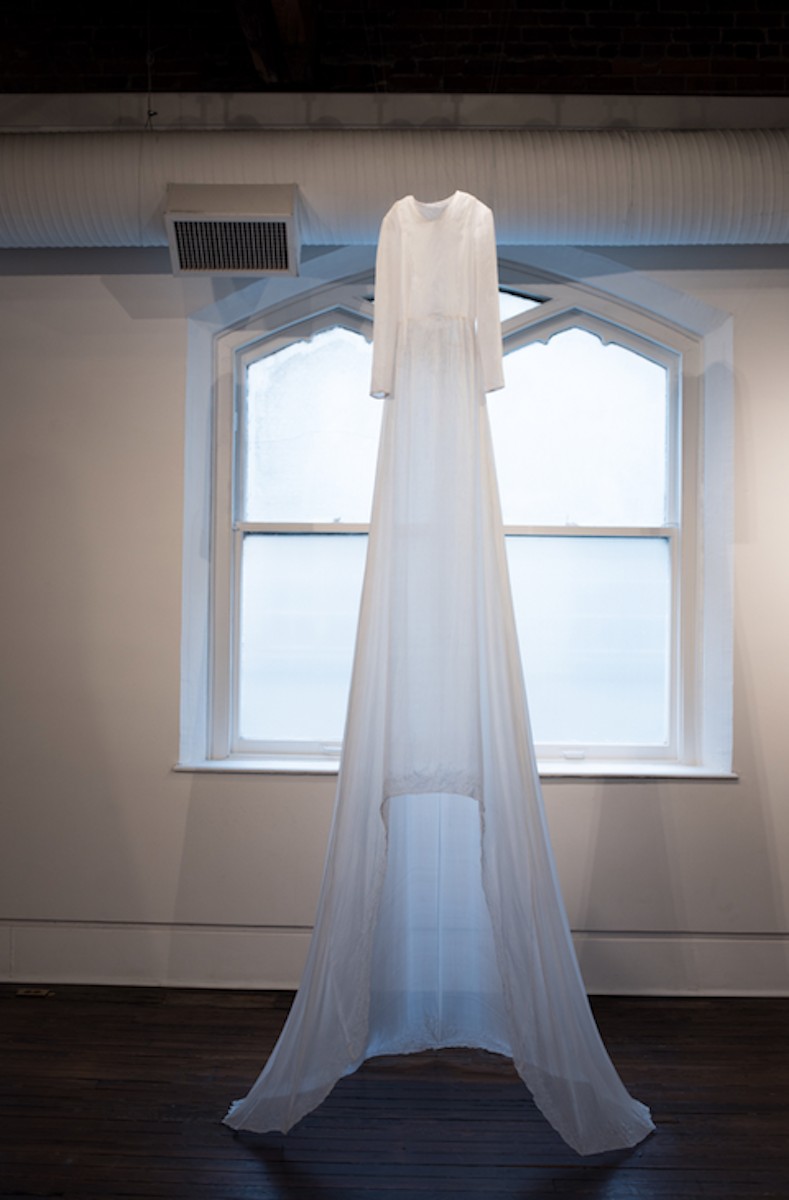
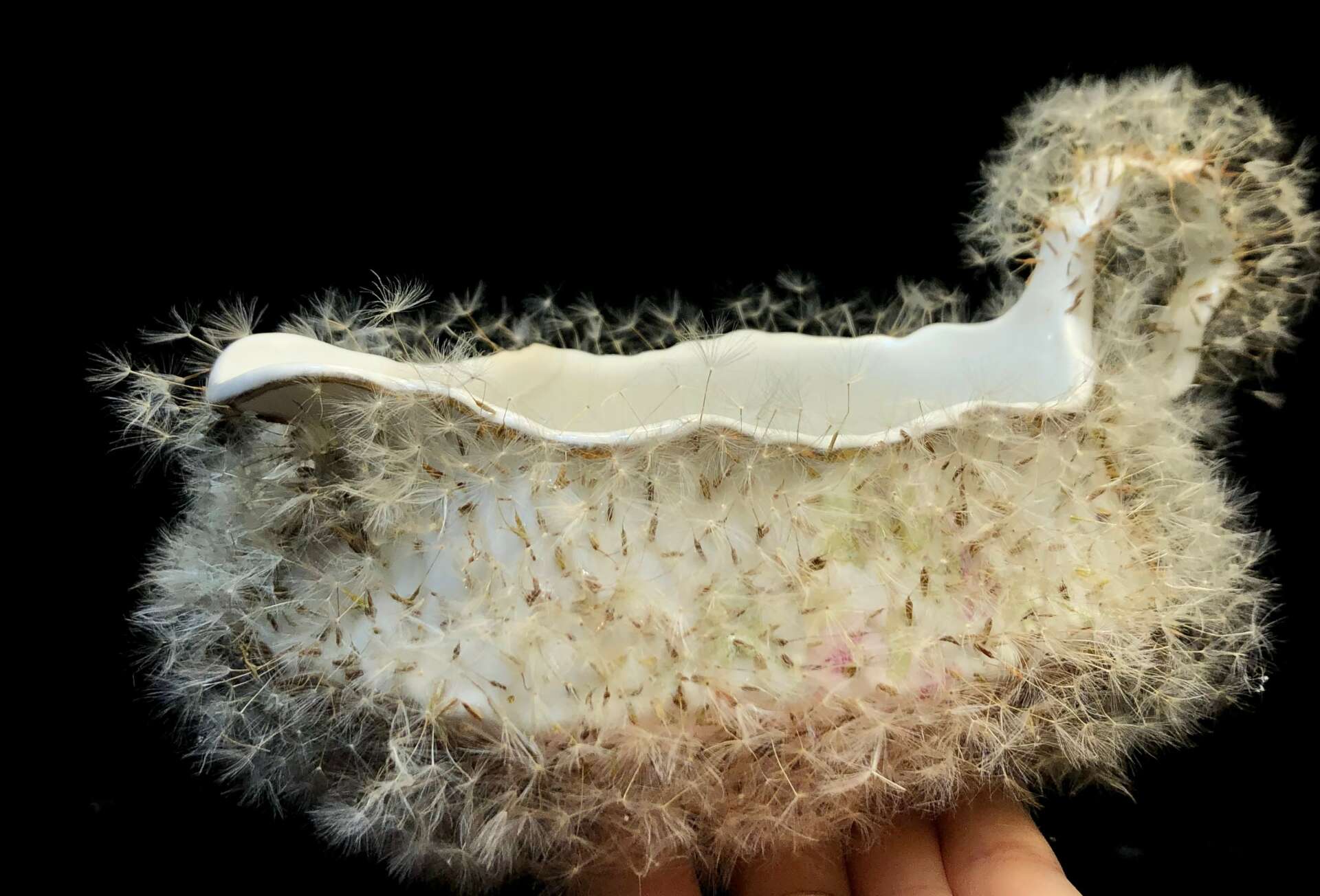
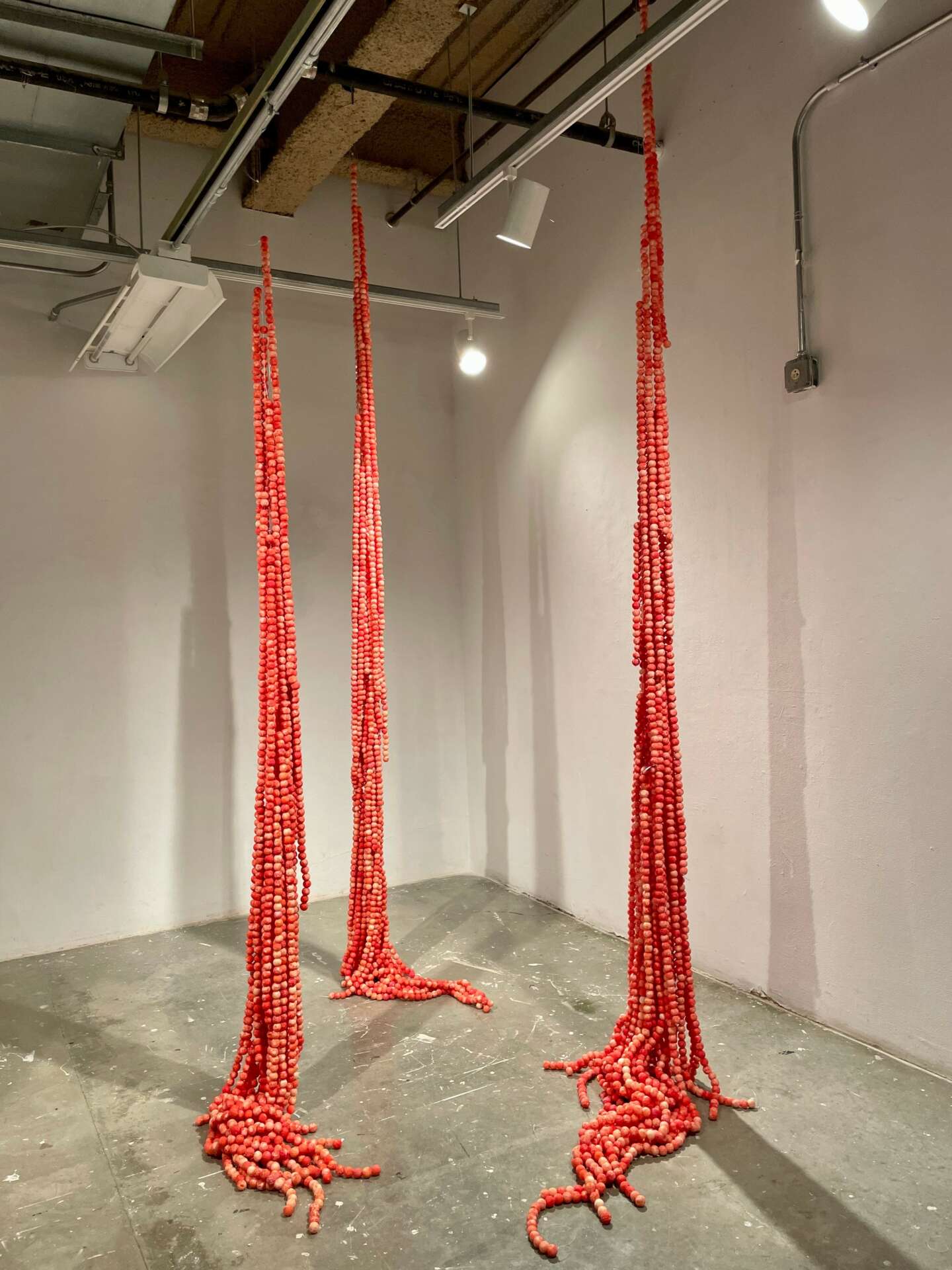
Great, appreciate you sharing that with us. Before we ask you to share more of your insights, can you take a moment to introduce yourself and how you got to where you are today to our readers.
I began making artwork to diffuse the weight of living.
I explore loss through human hair embroideries, femininity through ghostly silk gowns, and tactile memory through Ruby Red Grapefruit membranes. Each exploration is the result of numerous hours of research, embedded in an art historical conversation, and brought to life through meticulous mark-making. The meditative nature of these pieces invites the viewer and the maker alike to become visually and physically immersed in an experience. The work acts as a catalyst for people to see these materials in such a way that they are able to relate their own experience to something that feels initially beautiful and increasingly foreign.
Characterized by the familiar-made-strange, my practice is built on the belief that art makes us more human, that materials matter, and that if we take the time to listen to the stories of others, they can change us. Through the use of bodily materials, I heighten the sense of tension between desire and repulsion. The ephemeral nature of my pieces evoke memory, grief, and loss. Often the viewer is asked to navigate the space with more than just their eyes, and to enter into conversation with materials that invite the viewer to consider their own memories, experiences, and histories.
At its core, my intent is to thoughtfully engage, to collaborate, and to explore through unexpected materials as a lifelong process. I am deeply curious and dedicated to bringing attention to the mundane or easily ignored. Through unexpectedly beautiful materials I am able to create conversations rooted in lament that hold hope and loss in tension.
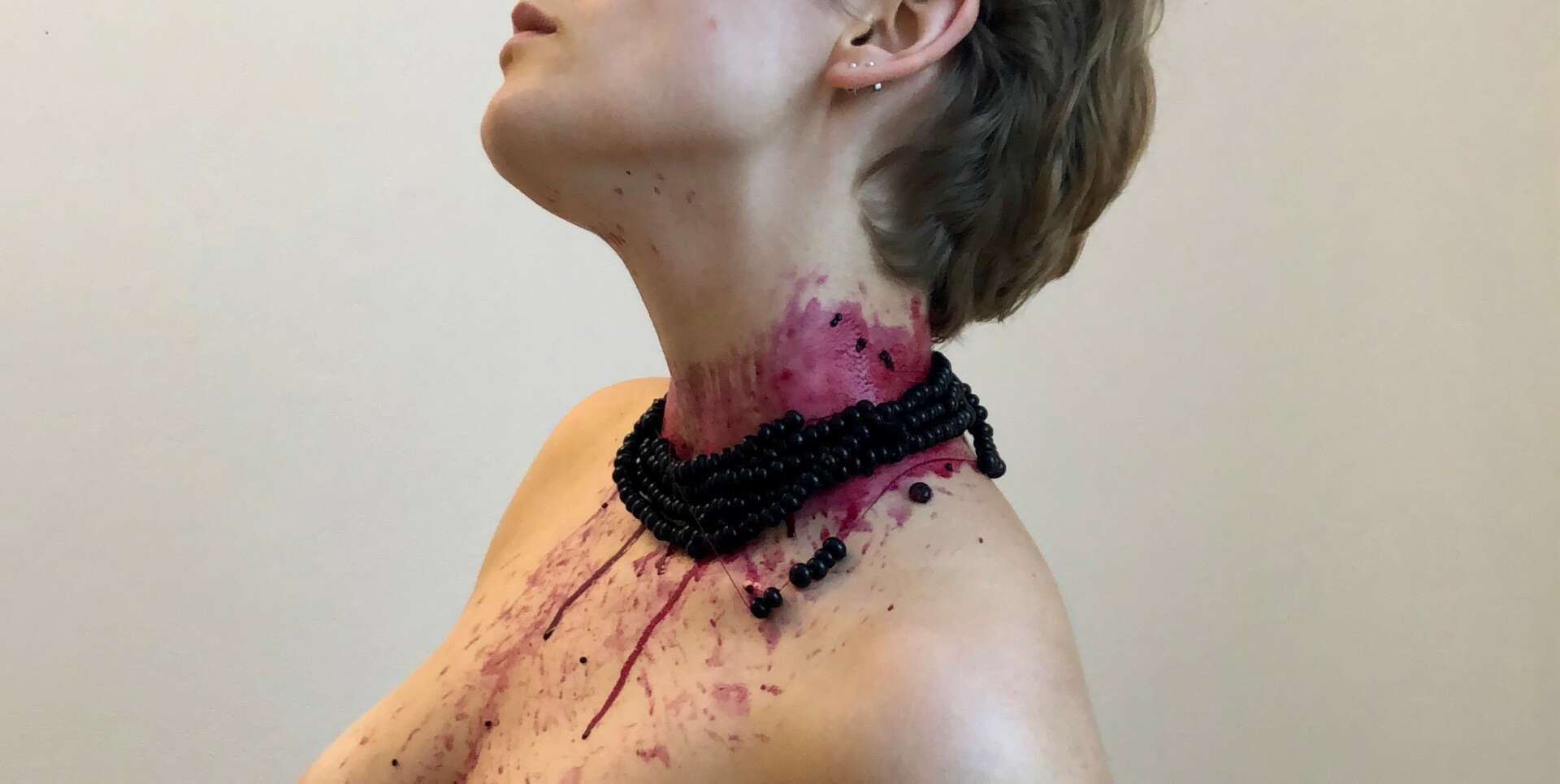
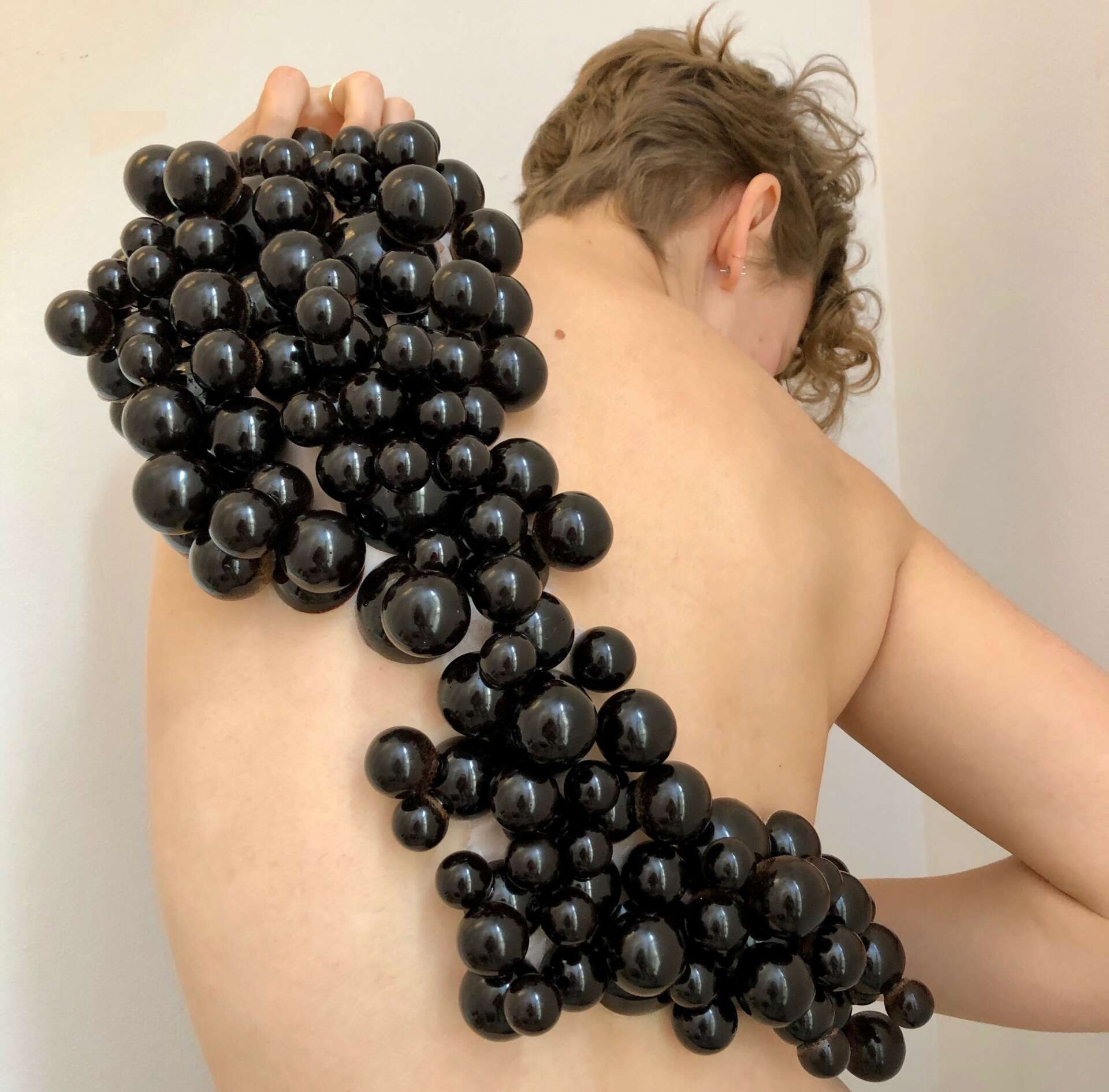
Have any books or other resources had a big impact on you?
Last year, the amazing Suzie Ganch recommended these books to me, and I’ve found them to be incredibly helpful, they were, “Getting Your Sh*t Together: The Ultimate Business Manual For Every Practicing Artist” by Karen Kelsky, and “The Professor Is In: The Essential Guide to Turning Your Ph.D. Into a Job” by Karen Atkinson.
Being an artist is a lot of writing, making, and shaping your ability to articulate well. It means that in addition to making things you must also be a psychologist, an architect, a chemist, a writer, and to remain curious and seeking out delight.
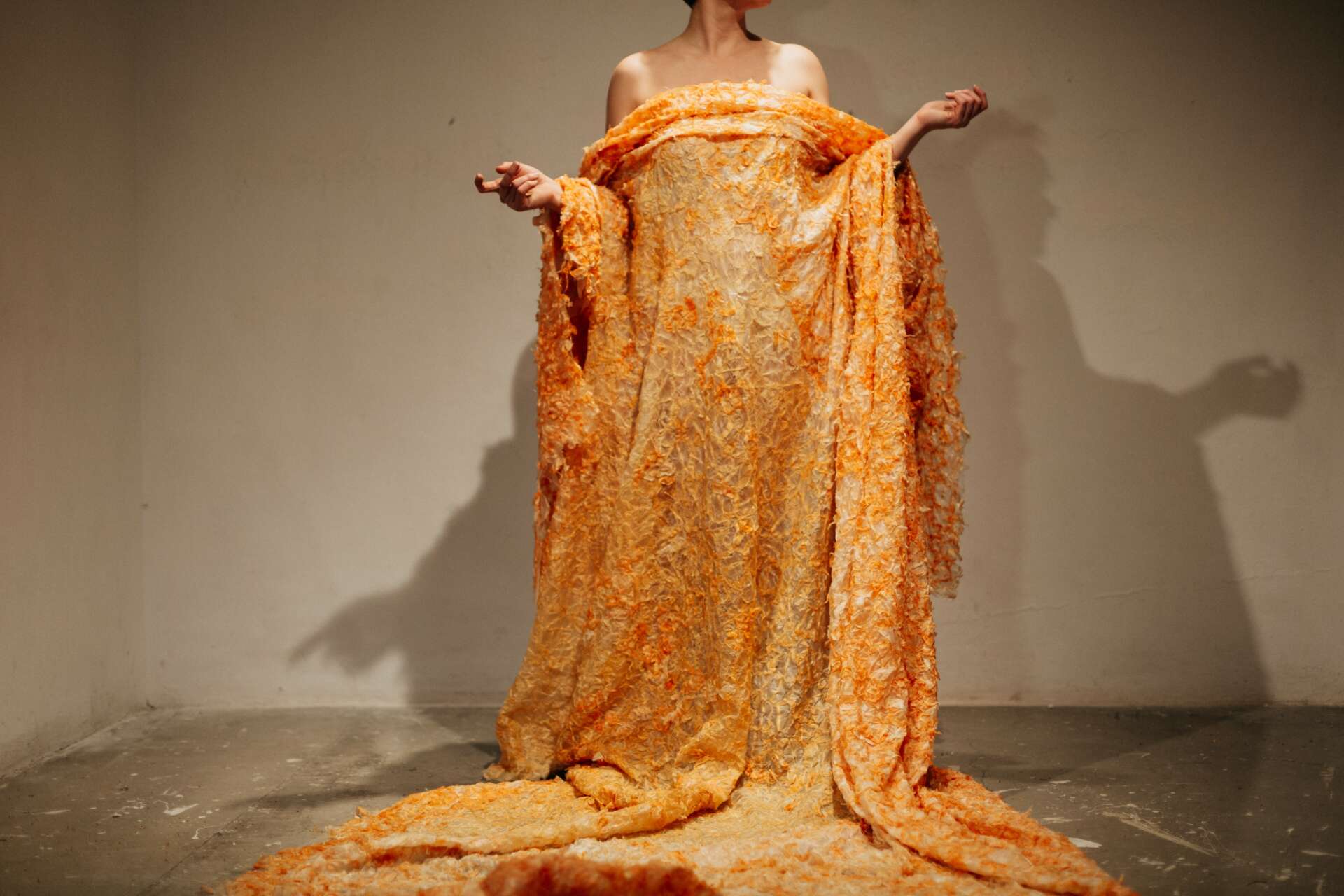
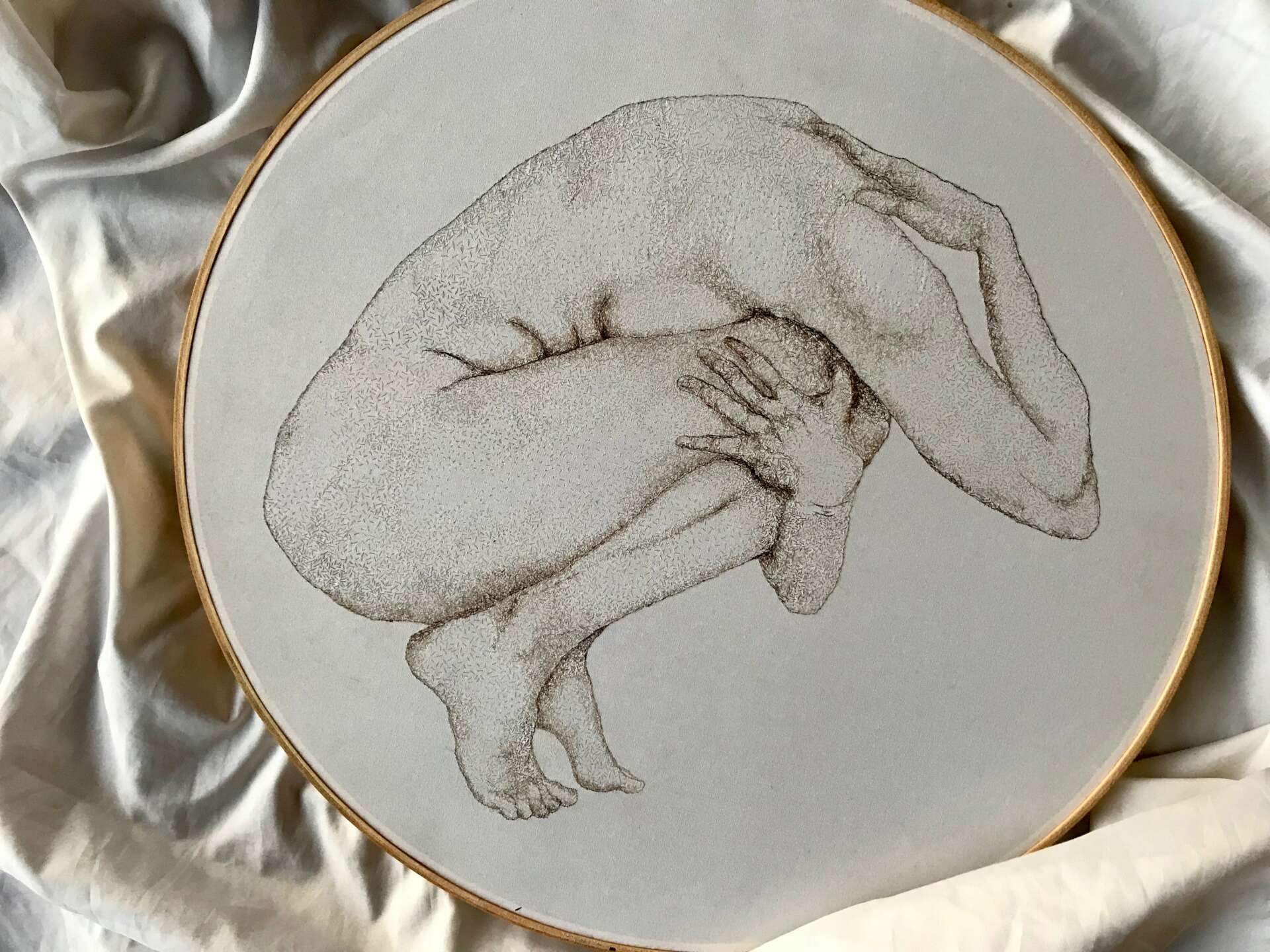
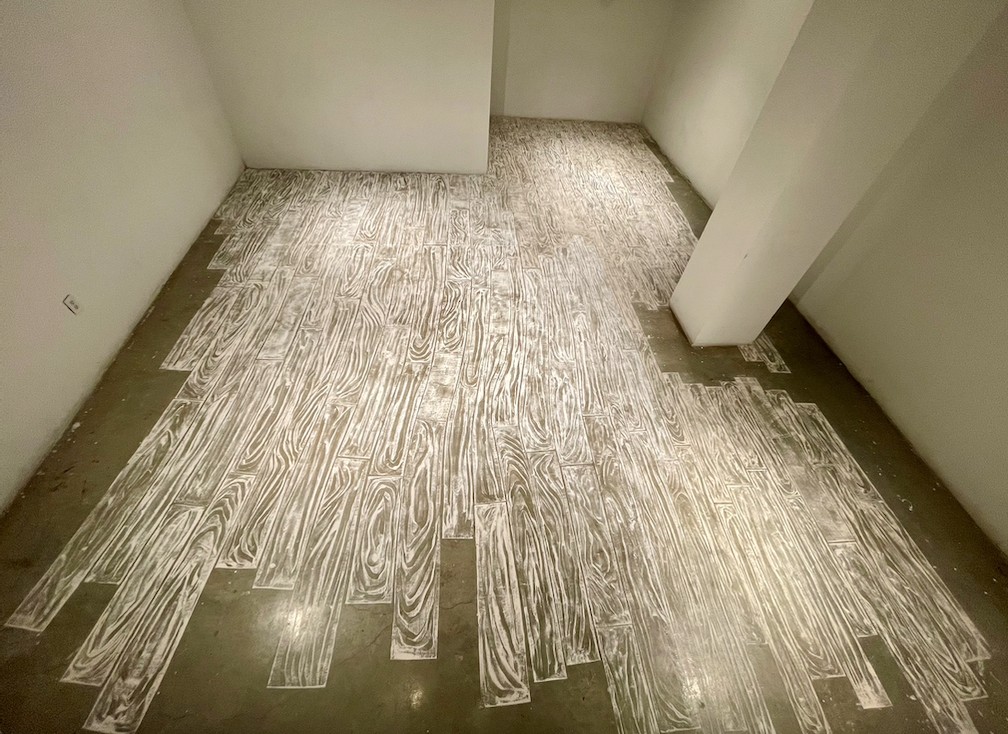
What do you find most rewarding about being creative?
The most rewarding aspect of being a maker is the opportunity to foster conversations. Artwork brings difficult conversations to light, and creates a chance for others to share their own stories in a way that otherwise would never have been possible.
Contact Info:
- Website: https://abiogle.com/
- Instagram: @abiogle
Image Credits
Photos taken by the artist, grapefruit photos taken by Abigail Grey Johnston https://abigailgreyweddings.com/
Suggest a Story: CanvasRebel is built on recommendations from the community; it’s how we uncover hidden gems, so if you or someone you know deserves recognition please let us know here.


